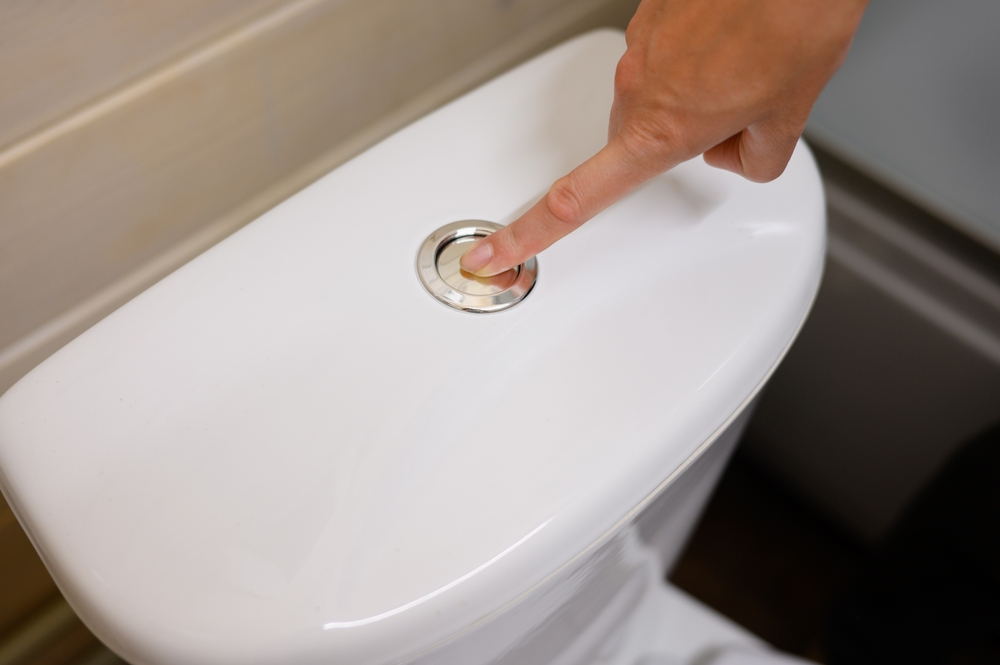Few things are more frustrating than a toilet that won’t flush properly. Whether it’s a weak flush, a slow drain, or a toilet that won’t flush at all, these problems can quickly turn into an inconvenience. Fortunately, most flushing issues are caused by a handful of common problems that homeowners can often fix themselves.
If you’re dealing with toilet troubles in your Los Angeles home, don’t worry—we’ve got you covered! Below, we’ll break down the three most common flushing problems, what causes them, and how to fix them.
1. Insufficient Water in Your Toilet Tank
Your toilet relies on a certain amount of water in the tank to generate a strong flush. If there isn’t enough water, your flush may be weak, leaving waste behind or requiring multiple flushes.
Causes of Low Water in the Toilet Tank**
- The float valve (or ballcock) is set too low
- A malfunctioning fill valve
- Water supply issues
How to Fix the Problem
Adjust the Float Valve
Most modern toilets use a float valve to regulate how much water enters the tank. If the float is set too low, it stops filling the tank before it reaches the proper level.
- Step 1: Open the toilet tank lid.
- Step 2: Look for the float mechanism. In older toilets, it may be a ball floating on top of the water; in newer models, it’s often a cup-style float on the fill valve.
- Step 3: Adjust the float to a higher position so that the tank fills to the correct level (usually marked inside the tank).
Check the Fill Valve
The fill valve is responsible for controlling the water level in the tank. If it’s clogged or malfunctioning, it may not let enough water in.
- Step 1: Turn off the water supply to the toilet.
- Step 2: Remove the lid and inspect the fill valve for any visible blockages or damage.
- Step 3: If necessary, replace the fill valve with a new one.
Ensure the Water Supply is Fully Open
If your home has low water pressure or the supply valve is partially closed, your toilet may not fill properly.
- Step 1: Locate the water shut-off valve near the base of the toilet.
- Step 2: Turn it counterclockwise to ensure it is fully open.
- Step 3: Flush the toilet and see if it refills properly.
2. Clogged Inlet Pipe
The inlet holes, located under the toilet bowl rim, allow water to flow into the bowl during a flush. Over time, these holes can become clogged with mineral deposits, reducing the flush’s power.
Signs of a Clogged Inlet Pipe
- Water enters the bowl more slowly than usual
- The flush seems weak or incomplete
- Water doesn’t swirl properly inside the bowl
How to Fix the Problem
Clean the Inlet Holes with Vinegar
Mineral buildup, especially in areas with hard water (which includes many parts of Los Angeles), can block the inlet holes. A simple vinegar soak can break down these deposits.
- Step 1: Turn off the water supply to the toilet.
- Step 2: Pour white vinegar into the overflow tube (the vertical pipe inside the tank).
- Step 3: Let it sit for about an hour to dissolve mineral buildup.
- Step 4: Turn the water back on and flush to rinse the deposits away.
Use a Wire or Brush to Unclog the Holes
If the vinegar soak doesn’t clear the blockages completely, you may need to manually remove the buildup.
- Step 1: Grab a small wire (like a straightened paperclip) or an old toothbrush.
- Step 2: Scrub the inlet holes under the rim of the bowl.
- Step 3: Flush the toilet a few times to ensure water flows freely.
3. Toilet Is Clogged
A full-on clog is one of the most common toilet problems, and it can prevent flushing altogether. This can be caused by excess toilet paper, foreign objects, or buildup in the pipes.
Signs Your Toilet is Clogged
- Water rises instead of flushing down
- The flush is slow or weak
- Gurgling sounds come from the drain
How to Fix the Problem
Use a Plunger
A good old-fashioned plunger is the easiest way to clear a toilet clog.
- Step 1: Choose a flange plunger, which is designed specifically for toilets.
- Step 2: Position the plunger over the toilet drain, making sure it forms a tight seal.
- Step 3: Pump the plunger up and down vigorously for about 30 seconds.
- Step 4: Flush to see if the clog is cleared. If not, repeat the process.
Try a Toilet Auger
If plunging doesn’t work, a toilet auger (also called a plumbing snake) can help dislodge tougher clogs.
- Step 1: Insert the auger into the toilet bowl drain.
- Step 2: Rotate the handle to push the auger deeper and break up the clog.
- Step 3: Carefully pull the auger back out, removing any debris with it.
- Step 4: Flush to check if the clog is gone.
Use a Natural Drain Cleaner
If you prefer a chemical-free solution, a mixture of baking soda and vinegar can help break down minor clogs.
- Step 1: Pour one cup of baking soda into the toilet.
- Step 2: Add one cup of white vinegar.
- Step 3: Let the mixture fizz for about 30 minutes.
- Step 4: Flush with hot water to see if the clog clears.
When to Call a Plumber
If none of these solutions work, or if you notice frequent clogs, it could indicate a deeper issue with your sewer line. A professional plumber can diagnose and fix the problem with advanced tools like hydrojetting.
Contact Us If Your Toilet Won’t Flush
Toilet flushing problems can be frustrating, but they’re usually easy to fix with a little troubleshooting. Whether it’s adjusting the water level, clearing blocked inlet holes, or tackling a clog, these simple solutions can help keep your toilet flushing smoothly.
If you’re dealing with a persistent toilet problem in your Los Angeles home, don’t hesitate to call Ford’s Plumbing and Heating for help. A little maintenance can go a long way in preventing future issues and keeping your plumbing in top shape.



















